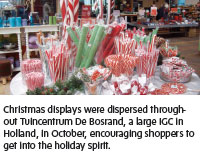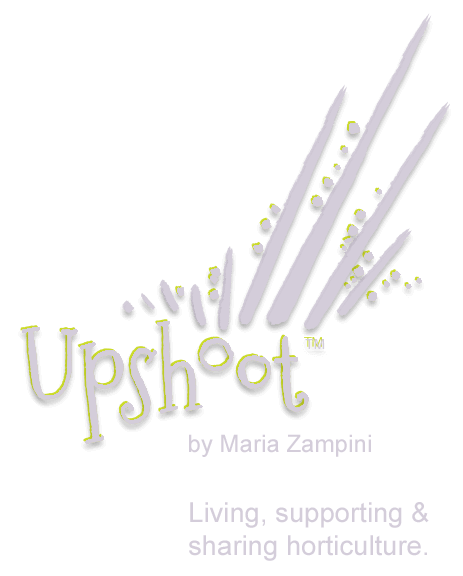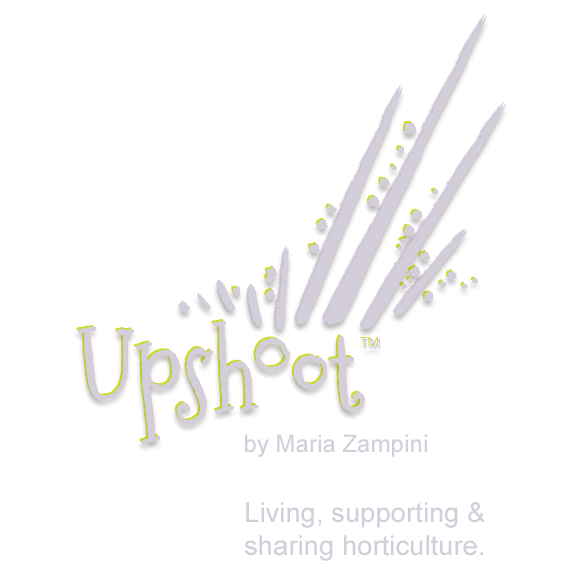<
Observations from visits to independent garden centers and retailers in Holland and Scotland
By Maria Zampini for gardencenter magazine.com December 17, 2014
 In mid-October I had a once-in-a-lifetime experience: I traveled to Holland and Scotland. The “excuse” was my cousin and goddaughter Rebecca’s wedding at Dalhousie Castle in Edinburgh. And, since I’d be flying through Amsterdam, it was reason enough to spend a few days with my business associate and friend Peter van Rijssen of Plantipp/Concept Plants.
In mid-October I had a once-in-a-lifetime experience: I traveled to Holland and Scotland. The “excuse” was my cousin and goddaughter Rebecca’s wedding at Dalhousie Castle in Edinburgh. And, since I’d be flying through Amsterdam, it was reason enough to spend a few days with my business associate and friend Peter van Rijssen of Plantipp/Concept Plants.
I visited Tuincentrum De Bosrand garden center in Holland, the House of Bruar in the Scottish Highlands and the Royal Mile in Edinburgh, and all provided retail inspiration.
Late on a Thursday afternoon, Peter and I stopped at Tuincentrum De Bosrand, a large independent garden center in Holland. The parking lot was full. There were no special events happening, and Halloween wasn’t for another week, but it was busy. Here are a few observations:
1. There were the typical IGC departments, but the store layout was similar to an IKEA; it was twisty-turvy where you had to wind through the entire store to get to what you might specifically be looking for or to reach the checkout. It is more difficult for the shopper to make a beeline to one department, snag a specific item and head straight to the checkout.
2. They had at least one if not two benches of plants in every single department, again increasing the impulse sales opportunity. It reminded customers that they were in a garden center while adding to the ambiance.
3. Christmas displays were dispersed throughout the entire garden center.
4. The nursery area was stocked full and looked freshly fabulous. I was so jealous! There were no end-of-the-season, tired looking, overgrown, unkempt product for sale. There was a mix of ornamentals, perennials, mums, ornamental kale and cabbage. Customers were buying, and not just the seasonal material.
5. The overwhelming majority of plants, whether part of indoor or outdoor displays, were not on the ground, but were at hip- or waist-height on benches where they were easily seen, picked up and purchased.
6. Right in the middle of the store was the café so customers could rest, relax and recharge while shopping.
7. The front of the store was landscaped and featured mixed containers. Both areas highlighted seasonal plants, created a warm welcome mat and set the tone for what shoppers would encounter once they walked through the door.
While in Edinburgh, Scotland, I stayed at a hotel on the Royal Mile (think Magnificent Mile in Chicago, only with cobblestone streets). It was lined with tourist stores that essentially sold the same product. More inviting storefronts and window displays made me stop at one and not the other, but the salesperson made the difference. There was one small, more dingy shop but the storekeeper had a traditional brogue and helped us find perfect gifts after asking pertinent questions. Plus her little hole-in-the-wall had the biggest and best selection we’d seen of Heather jewelry.
As part of our Sottish Highlands bus tour, we stopped at the House of Bruar. It was an upscale shopping center with a variety of departments and a mix of traditional and unique gift items. It also had a huge section of fresh and gourmet foods. Outside it boasted an open air food market featuring seasonal plants and bulbs. The entire place was spotless and had simple but clean, full displays to shop from.
There was nothing earth-shattering about my retail experiences. Most of it is common sense: clean, full, timely and inspirational displays manned by good salespeople and that are shopper friendly. The difference will come in whether American IGCs will embrace change and act upon successful ideas that could help differentiate their stores taking them to the next level, not just during the holidays, but 365 days of the year.
]]>

